Data Analyst Using Python Training Course For Beginners
4.9 out of 5 based on 11855 votesLast updated on 11th Apr 2024 18.4K Views
- Bookmark

Unlock insights with Data Analyst Using Python training course. Master Python fundamentals & data analysis techniques.
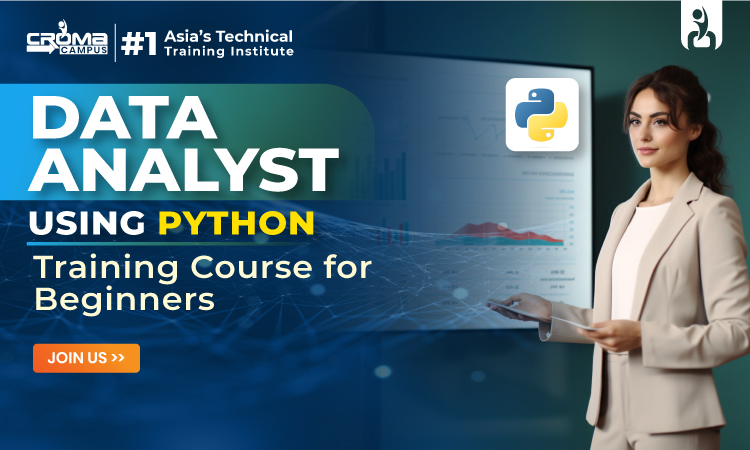
Welcome to an introductory tutorial on data analyst with Python course for beginners. Throughout this guide, we'll explore fundamental concepts and techniques essential for diving into data analysis. Topics include defining data analysis, highlighting Python's utility in this field, distinguishing between data analysis and data science, and exploring various types of data analytics along with the packages and tools commonly employed in this domain. Also, you will learn how data analyst training for beginners can help you to master all these topics on your fingertips.
What is Data Analysis?
Businesses often accumulate vast volumes of data, yet in its raw state, it lacks meaningful insights. This is where data analysis plays a crucial role.
In essence, Data Analysis Online Course is the practice of converting raw data into valuable and insightful information. It encompasses processes such as gathering, cleansing, analyzing, and transforming data to uncover actionable insights, patterns, and trends, aiding businesses in making informed decisions.
The findings are then communicated in a clear and accessible manner, empowering stakeholders to act promptly.
Why Choose Data Analyst using Python?
Python stands out as a robust programming language for data analysis owing to its versatility, extensive library collections, graphical capabilities, visualizations, and integrated data analytics tools. Key libraries for data analysis in Python include:
- NumPy: a library for numerical computing in Python.
- Pandas: a library for data manipulation and analysis.
- Matplotlib and Seaborn: libraries for data visualizations.
- Scikit-learn: a library for machine learning.
Data Analytics helps businesses make data-driven decisions, improving efficiency and profitability. Enrolling in Data Analytics Training in Delhi equips you with essential skills in data visualization, machine learning, and statistical analysis for career growth.
Distinguishing Between Data Analysts and Data Scientists
While both data analysts and data scientists work with data, they differ in their focus and skill sets.
- Data Analysis:
Data analysis involves analyzing and interpreting data using statistical and computational methods. The primary objective of data analytics is to extract insights and knowledge from data, aiding organizations in making informed decisions through statistical and visualization techniques.
- Data Science:
Data science encompasses a broader spectrum, including data analytics, but also extends to fields such as machine learning, artificial intelligence, and computer science.
The primary focus of data science is to utilize algorithms and models to address intricate problems and make predictions using data.
Note: A Data Engineer designs, builds, and manages data pipelines for analytics and AI. Enrolling in a Data Engineer Course With Placement ensures hands-on experience and career opportunities in this high-demand field.
Types of Data Analytics
Descriptive Analytics:
- Analyzing historical data to understand patterns and trends.
- Uses data visualization tools like charts and graphs.
- Example: Identifying seasonal spikes in product sales.
Diagnostic Analytics:
- Identifying the causes behind specific outcomes or events.
- Utilizes advanced statistical techniques like regression analysis.
- Example: Investigating demographic data to understand customer motivations.
Predictive Analytics:
- Forecasting future outcomes based on historical data patterns.
- Employs techniques such as regression and neural networks.
- Example: Predicting future sales trends based on past data.
Prescriptive Analytics:
- Recommending optimal actions based on predictive models.
- Uses optimization algorithms and decision-making tools.
- Example: Suggesting targeted marketing strategies based on predicted sales trends.
What Steps Does a Data Analyst Follow?
- Defining the Problem: Start by understanding why you're doing the analysis and what questions you want to answer. Figure out what data you need and where to get it. Example: Your manager gives you data and questions to find answers. Or you're asked to analyze data to help the company make a profit next year.
- Data Collection: Gather data from different sources, like CRM software or social media, both internally and externally.
- Data Cleaning: Clean the collected data by removing duplicates, and unnecessary information, handling missing data, and dealing with outliers.
- Exploratory Data Analysis (EDA): Use visualizations and statistical methods to understand patterns and relationships in the data. This helps in identifying insights and ties in with different types of data analytics (descriptive, diagnostic, predictive, and prescriptive).
- Data Visualization: Present insights from the data using charts, graphs, and dashboards to make it easier for stakeholders to understand and make decisions.
- Communicating Results: Compile the analysis into a report or presentation to share with stakeholders. Collaborate with them to decide on the next steps and highlight any limitations in the analysis.
These steps are often iterative, meaning you may need to go back and forth between them until you reach a satisfactory solution.
You May Also Read:
Data Analyst Course After 12th
Power BI Course Duration and Fees
Data Analytics Interview Questions & Answers
Python Packages for Data Analysis
Python comes with a bunch of ready-to-use tools and functions called packages, which help you do a lot of things without writing long lines of code. These packages contain built-in features that you can directly use in your projects.
Here are some commonly used Python packages for data analysis:
- NumPy: This package is great for doing math stuff in Python. It helps with working on arrays and doing complex math operations fast and easily.
- Pandas: This package makes handling data super easy. It gives you simple tools to clean up and explore your data, making it ready for analysis.
- Matplotlib: Want to make cool graphs and charts in Python? This package has got you covered. It helps you create 2D graphs and charts with just a few lines of code.
- Seaborn: Built on top of Matplotlib, Seaborn adds more cool features for visualization. It's perfect for making advanced plots like heat maps and time series graphs.
- SciPy: This package is like a toolbox for scientific computing in Python. It has tools for all sorts of things like optimization, linear algebra, and integration.
- Scikit-learn: If you're into machine learning, this package is your go-to. It's packed with tools for building and testing statistical models, making it super handy for tasks like classification and clustering.
- Statsmodels: Similar to Scikit-learn, this package is all about statistical modeling and testing. It's great for things like time-series analysis and hypothesis testing.
- PySpark: This one's for big data. PySpark is a Python library for Apache Spark, which helps with processing and analyzing huge amounts of data.
You can use these packages on their own or mix and match them to tackle all sorts of data analysis tasks in Python.
Tips: Tableau is a powerful data visualization tool used for business intelligence. Enrolling in a Tableau Course in Delhi helps professionals master data analysis, dashboards, and reporting for better decision-making.
What tools are mainly used by a data analyst using Python?
Data Analysts use a variety of tools to perform data analysis, some of them are:
- Programming languages: Data analysts often use programming languages such as Python, R, or SQL to manipulate and analyze the data.
- Data visualization tools: such as Tableau, and Power BI are used to create visual representations of data.
- Statistical software: Programs like SPSS and SAS are used for statistical analysis and modeling.
- Excel: It is a popular tool for data analysis especially for smaller datasets.
- Cloud-based tools: such as as Amazon Web Service (AWS), and Google Cloud Platform (GCP) are used to store and analyze large datasets.
- Machine learning tools: Tools like Scikit-learn, and TensorFlow are used for machine learning and predictive modeling.
- Data Cleaning Tools: Tools like OpenRefine and Trifacta are used for data cleaning and preparation.
- Collaborative tools: Tools like GitHub, Jupyter Notebook, and Slack are used for collaboration and sharing of code.
The specific tools used by a data analyst may vary depending on the industry, the size of the organization, and the type of data being analyzed.
Final Thoughts:
If you are also planning to learn these data analysis skills or looking to become a Data Analytics Course in Noida using Python, Join Croma Campus for Data Analyst Training for Beginners. This training course will help you to learn all the concepts, techniques, skills, tools, and more. Become a master in data analysis in 2025 and get hired by leading industries worldwide.
Subscribe For Free Demo
Free Demo for Corporate & Online Trainings.
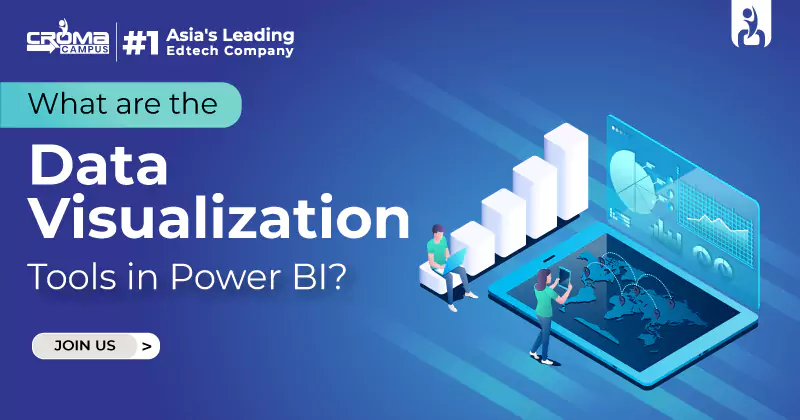
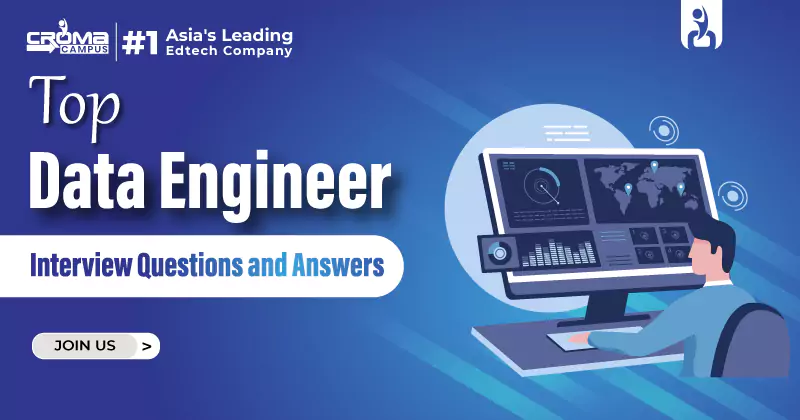

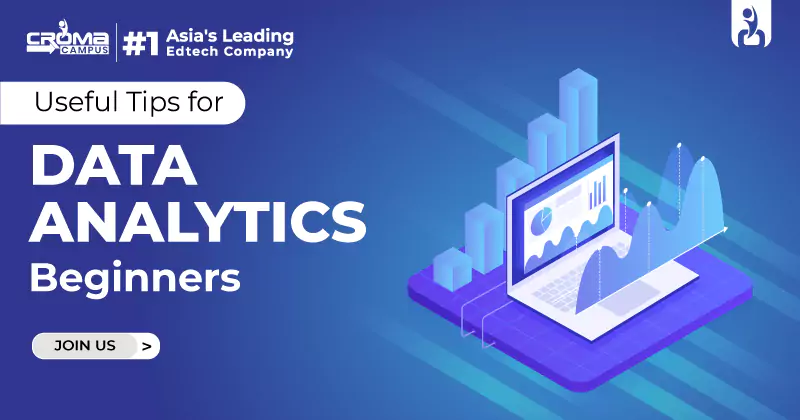
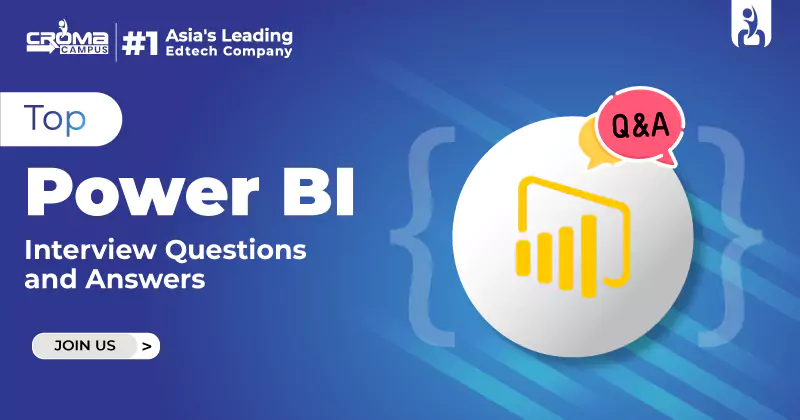
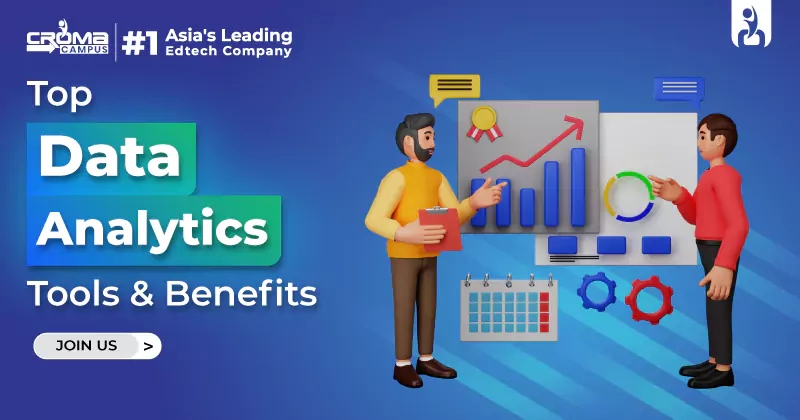
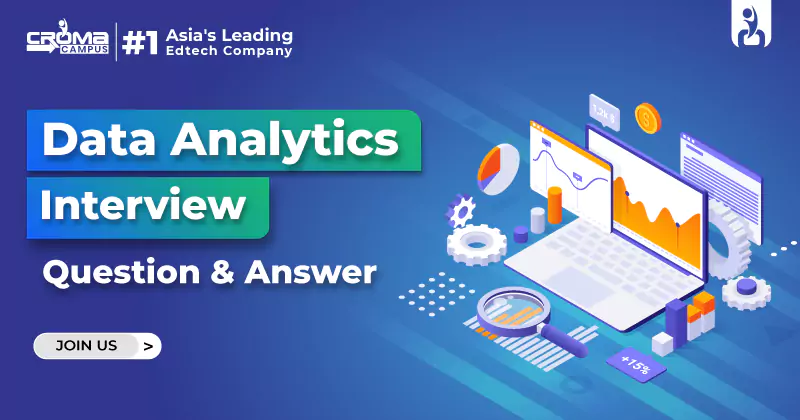
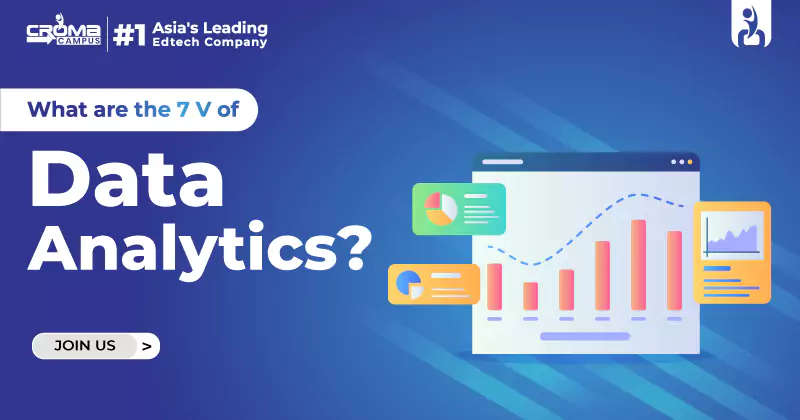
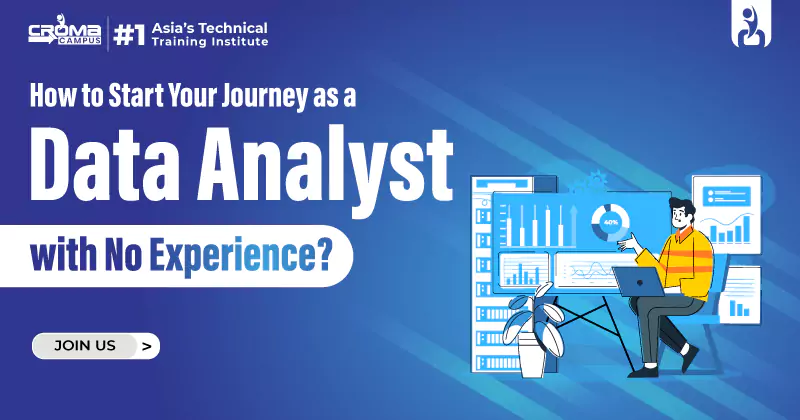
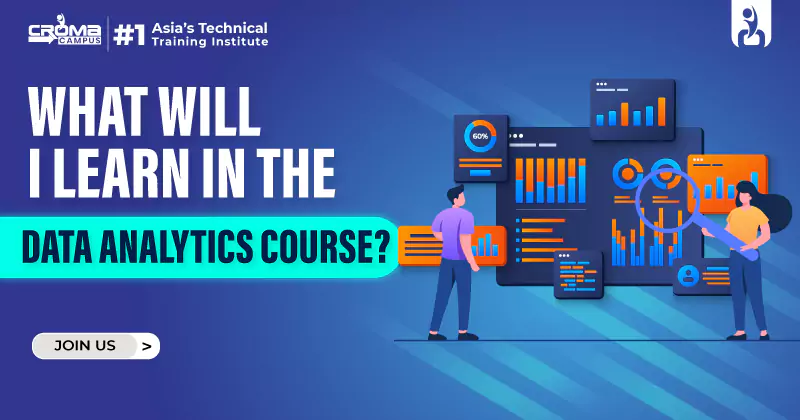
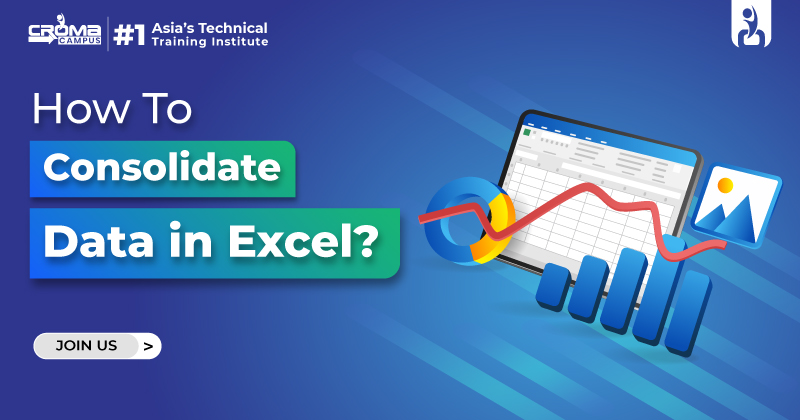
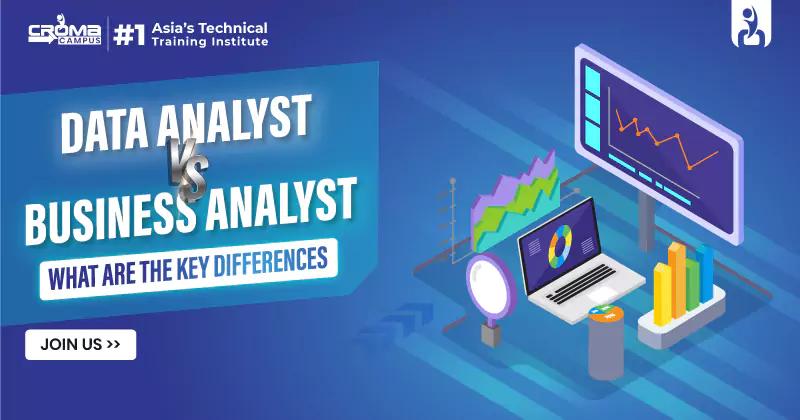













.webp)

.png)















